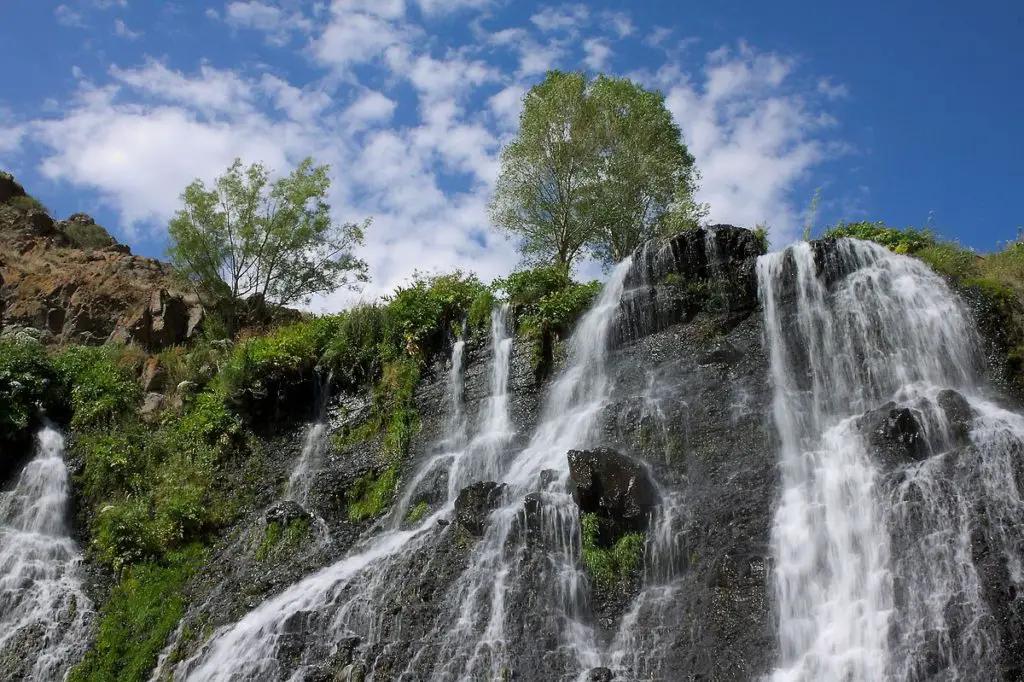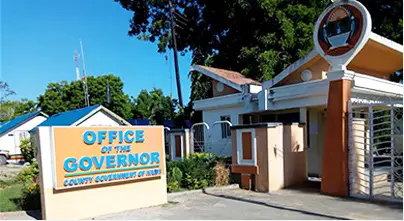Imagine yourself surrounded by lush green landscapes, majestic waterfalls, and thriving wildlife. Welcome to Kakamega County, a hidden gem nestled in western Kenya. With its harmonious blend of natural beauty and rich cultural heritage, this enchanting destination is sure to captivate your senses. From exploring the sprawling Kakamega Forest to immersing yourself in the vibrant local traditions, Kakamega County offers a truly unforgettable experience. Get ready to embark on an adventure like no other as you discover the beauty and wonder of Kakamega County.
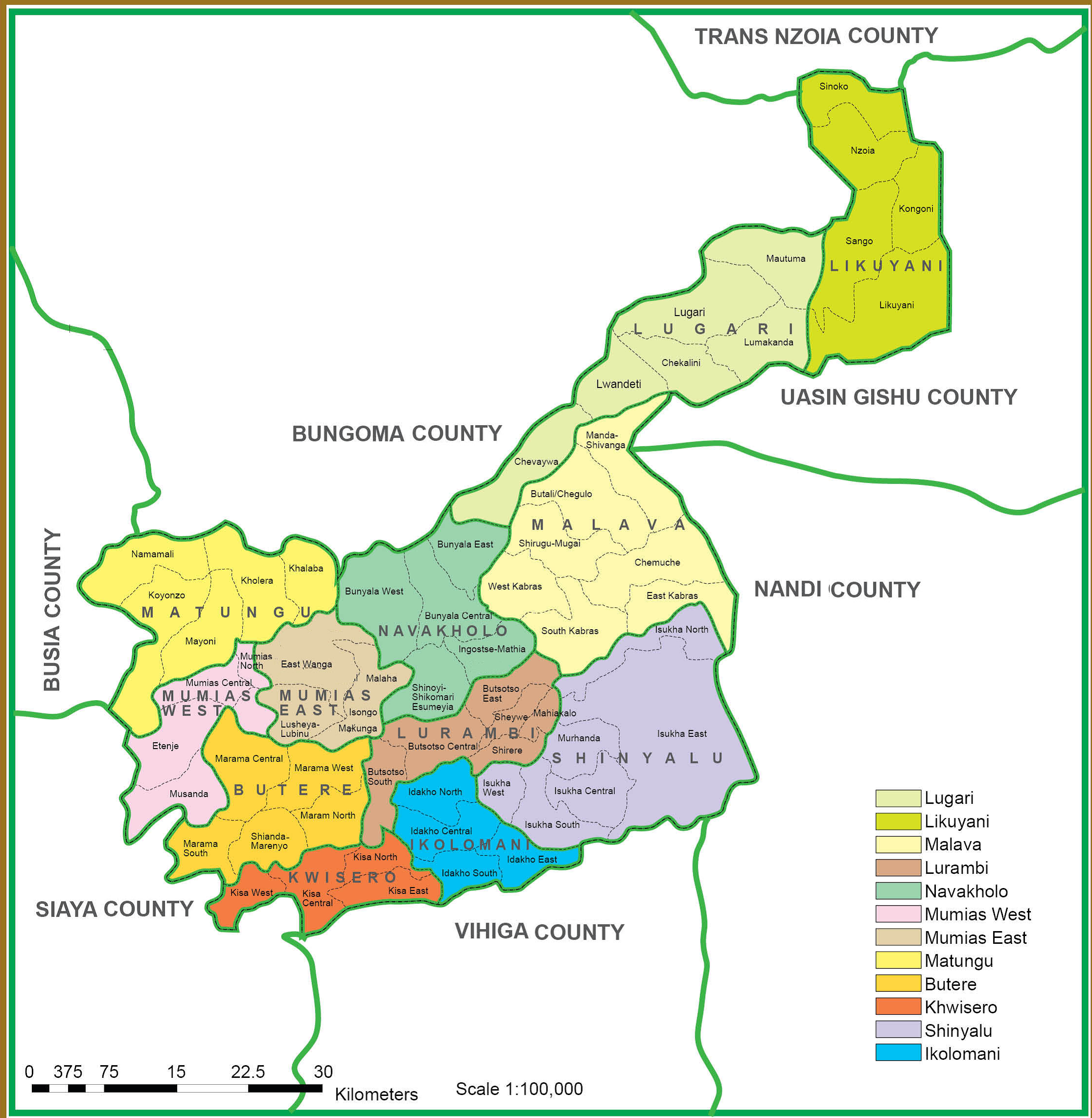
This image is property of kakamega.go.ke.
Geography
Location
Kakamega County is located in the western part of Kenya, bordering Bungoma County to the north, Vihiga County to the northeast, Nandi County to the east, and Busia County to the west. Its southern border is shared with Nandi, Kisumu, and Siaya counties. Situated approximately 415 kilometers from Nairobi, the capital city of Kenya, Kakamega County covers an area of 3,225 square kilometers, making it one of the largest counties in the country.
Topography
The topography of Kakamega County is characterized by lush green landscapes, rolling hills, and fertile plains. The county’s terrain is dominated by the Kakamega Forest, which is the largest tropical rainforest in Kenya. The forest is a significant feature of the county’s ecosystem and plays a vital role in maintaining the balance of the local climate.
Climate
Kakamega County experiences a tropical climate with moderate rainfall throughout the year. The county’s position near the equator ensures relatively stable temperatures, with average highs ranging from 23 to 26 degrees Celsius (73 to 79 degrees Fahrenheit). The region’s abundant rainfall supports the growth of diverse vegetation, making Kakamega County a beautiful and green destination throughout the year.
History
Early settlements
The region now known as Kakamega County has a rich history of human habitation. Archaeological excavations have revealed evidence of early settlements dating back thousands of years. These early communities engaged in agriculture, trade, and animal husbandry, cultivating crops such as millet, sorghum, and yams.
Colonial era
During the colonial era, Kakamega County was part of the British East Africa Protectorate. The region played a crucial role in the struggle for independence, with several key figures emerging from the area. Kakamega was a center of resistance against colonial rule, and its residents actively participated in the fight for freedom.
Independence and post-independence
After Kenya gained independence in 1963, Kakamega County became an integral part of the new republic. Over the years, the county has made significant progress in various sectors, including education, healthcare, and infrastructure development. The rich history of Kakamega County serves as a reminder of the resilience and courage of its people in shaping the county’s future.
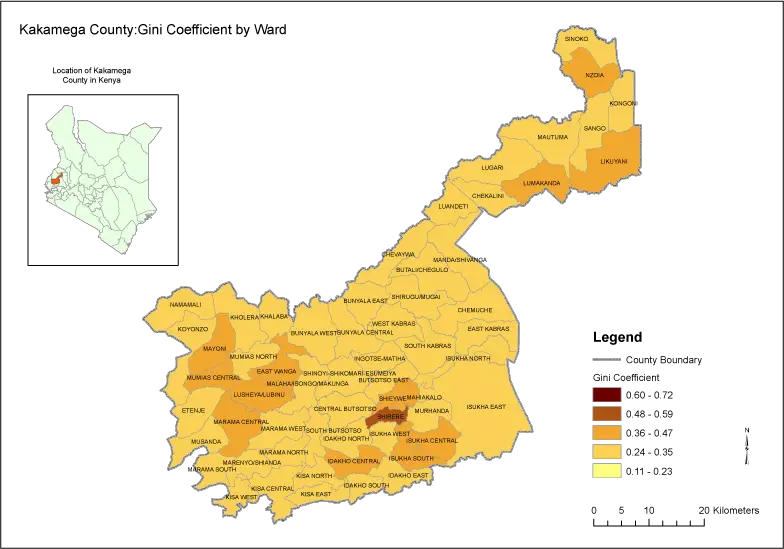
This image is property of kakamega-assembly.go.ke.
Demographics
Population
As of the latest census, Kakamega County has a population of approximately 2.2 million people. The population density is relatively high due to the fertile land and favorable climate, which support agricultural activities and attract settlements.
Ethnic composition
Kakamega County is home to various ethnic communities, with the Luhya people being the predominant group. The Luhya community is further divided into subgroups such as the Bukusu, Idakho, Bukusu, Tachoni, and Wanga, among others. These diverse ethnic communities contribute to the county’s multicultural fabric, creating a vibrant and harmonious society.
Religion
Religion plays a significant role in the lives of Kakamega County residents. The majority of the population practices Christianity, with various denominations represented, including Catholicism, Protestantism, and African Inland Church. There is also a smaller Muslim population, contributing to the county’s religious diversity.
Languages
The main language spoken in Kakamega County is Luhya, which is widely understood and spoken by the majority of the population. However, English and Kiswahili are also used for official purposes, education, and communication with people from different regions.
Economy
Agriculture
Agriculture forms the backbone of Kakamega County’s economy, with the region being known as Kenya’s “greenbelt.” The fertile soils and favorable climate support the cultivation of various crops, including maize, sugarcane, coffee, tea, bananas, and vegetables. These agricultural activities provide employment to a significant portion of the population and contribute to the county’s overall economic growth.
Industry
Kakamega County boasts a growing industrial sector, with companies involved in food processing, textile manufacturing, and timber processing. The county has seen an increase in investments, particularly in the manufacturing sector, creating employment opportunities and driving economic development.
Mining
Kakamega County is well-known for its potential mineral resources, particularly gold. Small-scale artisanal miners engage in gold mining, contributing to both the local economy and the national mining sector. Efforts are underway to enhance responsible and sustainable mining practices in the county.
Tourism
Tourism is a growing sector in Kakamega County, attracting visitors with its natural beauty and unique attractions. The county’s top tourist attractions include the Kakamega Forest, a haven for birdwatching and nature enthusiasts, and the Crying Stone of Ilesi, a large rock formation that resembles a person crying. The county’s diverse culture, traditional art and crafts, and vibrant music and dance scenes also offer visitors a glimpse into the region’s rich heritage.
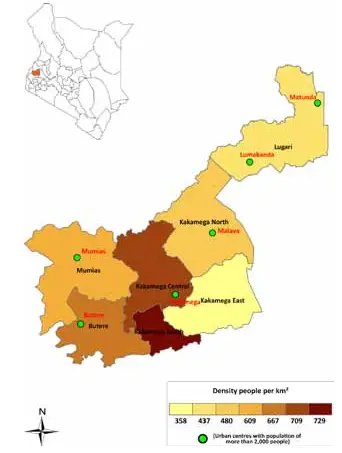
This image is property of opencounty.org.
Government
County administration
Kakamega County is governed by an elected county government, led by the Governor. The county administration is responsible for overseeing the implementation of development projects, service delivery, and maintaining law and order within the county.
Governor
The Governor of Kakamega County is elected by the residents and is the head of the county government. The Governor plays a crucial role in setting the county’s development agenda, ensuring that the needs and aspirations of the people are addressed effectively.
County Assembly
The Kakamega County Assembly is the legislative arm of the county government. It consists of elected Members of the County Assembly (MCAs) who represent various constituencies within the county. The County Assembly is responsible for enacting laws, approving budgets, and overseeing the county government’s activities.
Infrastructure
Transportation
Kakamega County has a well-developed road network that connects it to major towns and cities in Kenya. The county is served by tarmacked roads, making it easily accessible for both residents and visitors. Public transportation, such as buses and matatus (minibuses), is readily available, providing convenient travel options within the county and to neighboring regions.
Education
Kakamega County has made significant strides in improving education infrastructure. There are numerous primary and secondary schools across the county, offering quality education to children from various communities. The county is also home to several tertiary institutions and universities that cater to the higher education needs of its residents.
Healthcare
The county government has prioritized healthcare and invested in improving healthcare facilities and services. Kakamega County boasts several hospitals, health centers, and dispensaries, providing accessible healthcare to the population. Efforts are underway to expand healthcare services and ensure that residents receive the medical attention they need.
Utilities
Kakamega County has reliable water and electricity supply, ensuring that residents have access to these essential utilities. Efforts have been made to improve water and sanitation infrastructure, providing clean and safe water to communities. The availability of electricity supports economic activities and enhances the quality of life for residents.
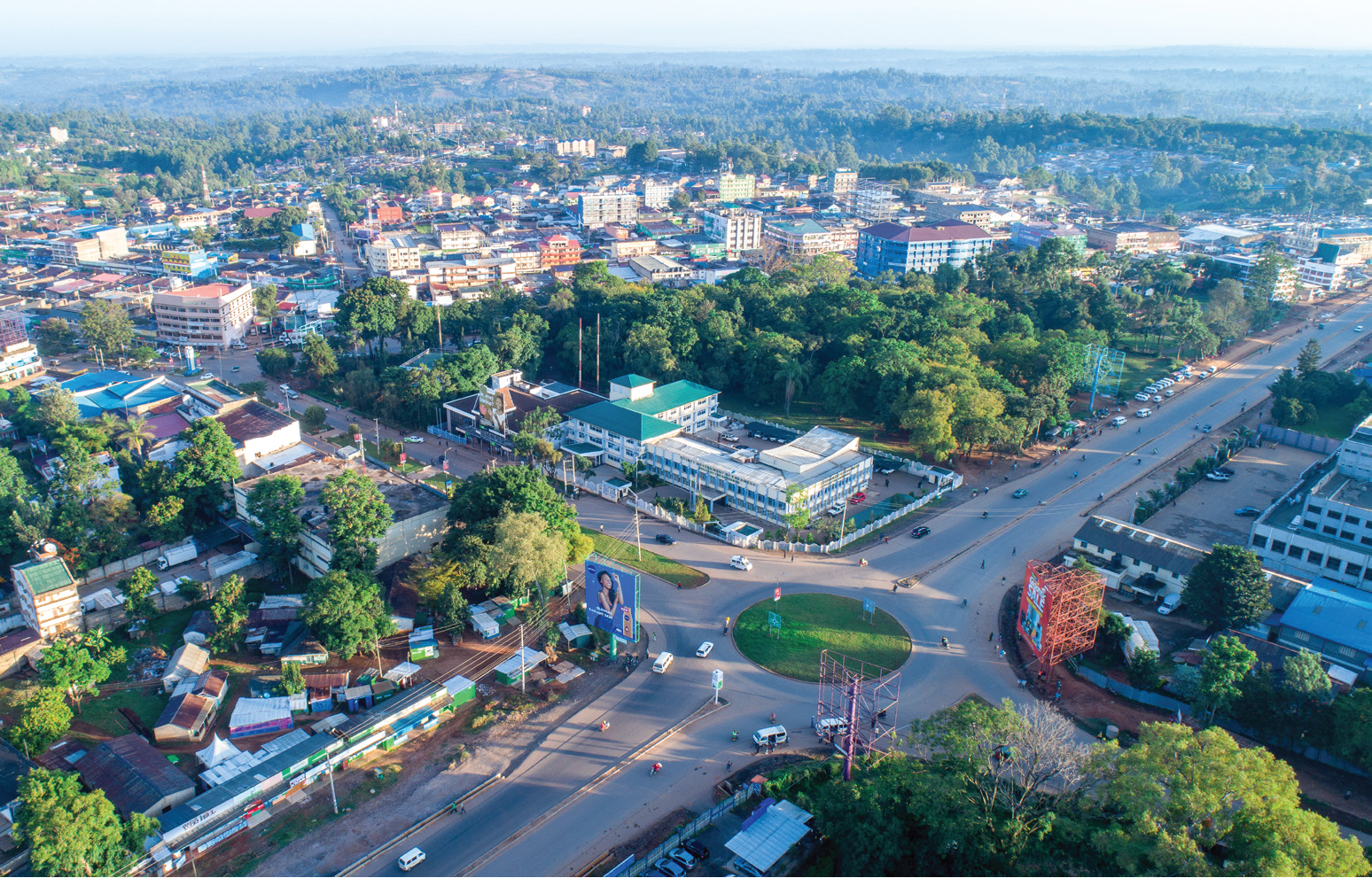
This image is property of kakamega.go.ke.
Culture
Traditions
Kakamega County is culturally diverse, with each ethnic community having its unique traditions and customs. From birth ceremonies to marriage customs and burial rituals, the county is rich in cultural practices that have been passed down through generations. These traditions serve as a source of pride and identity for the residents of Kakamega County.
Art and crafts
Art and crafts play a significant role in Kakamega County’s culture. The county is known for its skilled artisans who produce intricate wood carvings, traditional pottery, woven baskets, and vibrant paintings. These art forms showcase the creativity and craftsmanship of the local community and are often sold as souvenirs to visitors.
Music and dance
Music and dance are integral to the cultural heritage of Kakamega County. Each ethnic community has its traditional music styles and dance routines that are performed during important occasions and celebrations. The county hosts various music festivals and showcases the talents of local musicians and dancers, attracting both locals and tourists.
Tourist Attractions
Kakamega Forest
The Kakamega Forest is a must-visit destination for nature lovers and wildlife enthusiasts. The forest is a tropical rainforest oasis, home to diverse plant and animal species, including over 400 bird species, monkeys, and butterflies. Visitors can explore the forest through guided hikes, birdwatching tours, and nature walks, immersing themselves in the beauty of this unique ecosystem.
Crying Stone of Ilesi
The Crying Stone of Ilesi is a fascinating rock formation located in Kakamega County. The large stone resembles a person crying and has become a symbol of the region. Legend has it that the stone was a mourning place for the local community in ancient times. Visitors can learn about the significance of the stone and enjoy the stunning views of the surrounding countryside.
Shinyalu
Shinyalu is a scenic area in Kakamega County known for its rolling hills, tea plantations, and panoramic views. Visitors can embark on hikes and nature walks in Shinyalu, taking in the breathtaking landscapes and enjoying the tranquility of the countryside. The area is also home to traditional villages, allowing visitors to experience the rural way of life in Kakamega County.
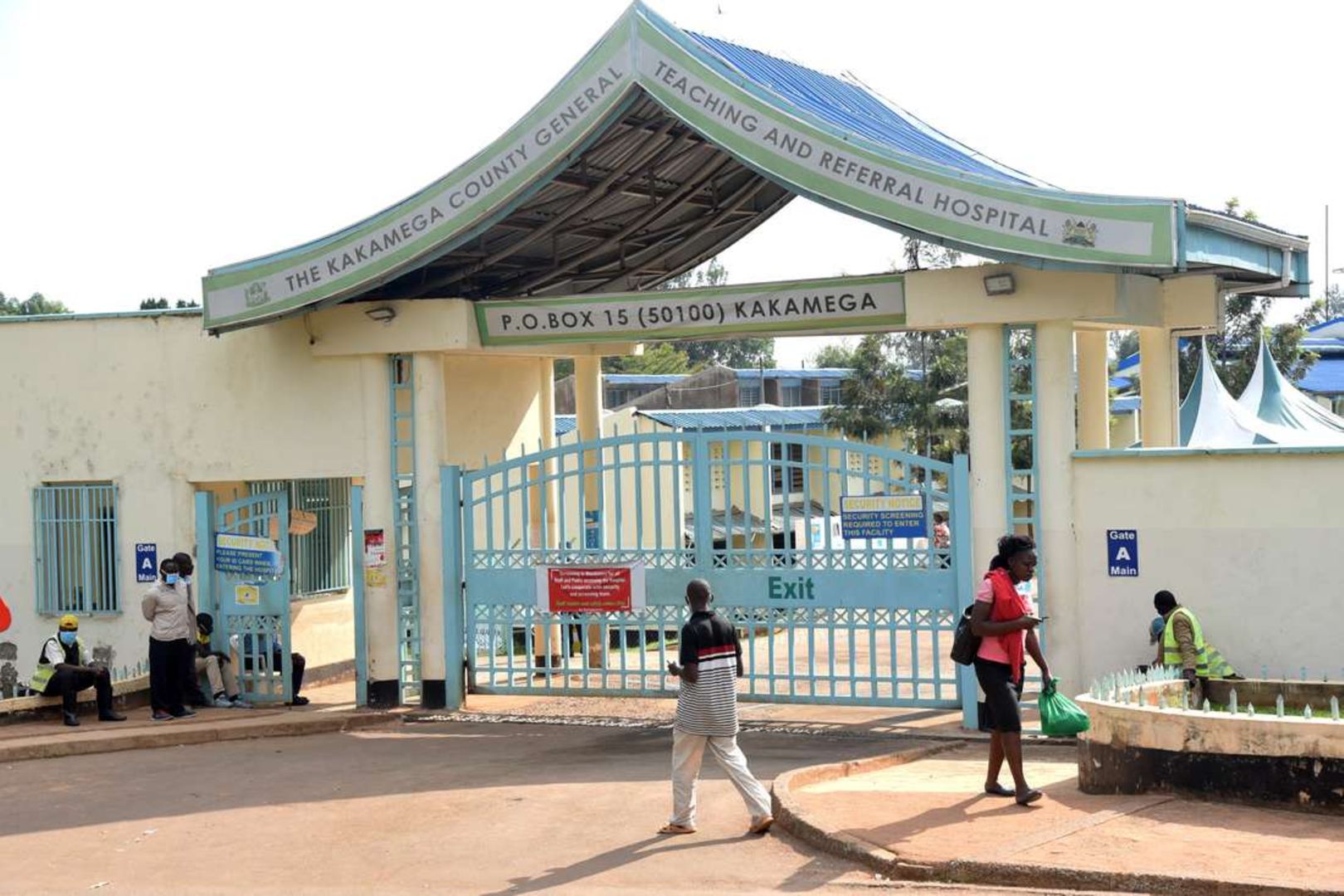
This image is property of nation.africa.
Education
Primary schools
Kakamega County boasts numerous primary schools that provide education to children from various communities. These schools emphasize the importance of quality education and strive to equip students with the necessary knowledge and skills for their future endeavors.
Secondary schools
Secondary education in Kakamega County is offered through a network of well-established secondary schools. These schools provide a comprehensive curriculum and prepare students for higher education and employment opportunities.
Universities
Kakamega County is home to several universities that offer a wide range of academic programs to students. These universities provide tertiary education opportunities and contribute to the county’s intellectual and economic development.
Sports
Football
Football is immensely popular in Kakamega County, with numerous local teams and clubs participating in various leagues and tournaments. The county boasts an impressive sports infrastructure, including stadiums and training facilities that support the development of football talent.
Rugby
Rugby has gained popularity in Kakamega County, with the region producing several talented rugby players who have represented both the county and the national team. The county encourages the growth of rugby through school tournaments and community leagues.
Athletics
Kakamega County is renowned for its athletic prowess, producing world-class athletes who have achieved remarkable success in various track and field events. The county’s commitment to athletics is evident through the presence of well-equipped training facilities and the organization of local athletics competitions.
In conclusion, Kakamega County in Kenya offers a unique blend of stunning landscapes, rich cultural heritage, and opportunities for adventure and exploration. From the lush greenery of the Kakamega Forest to the vibrant traditions, art, and music scene, the county has something to offer every visitor. With a thriving economy, well-developed infrastructure, and a commitment to education and healthcare, Kakamega County continues to grow and flourish. Whether you’re a nature enthusiast, history buff, or sports lover, a trip to Kakamega County promises to be an enriching and memorable experience.

